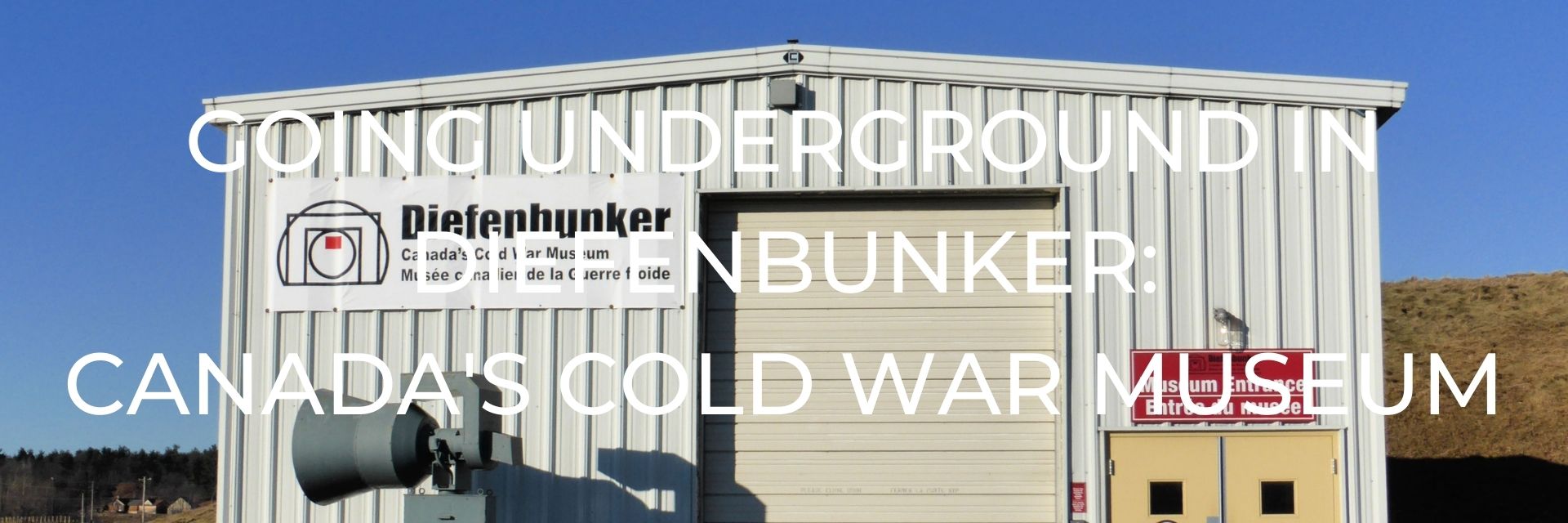
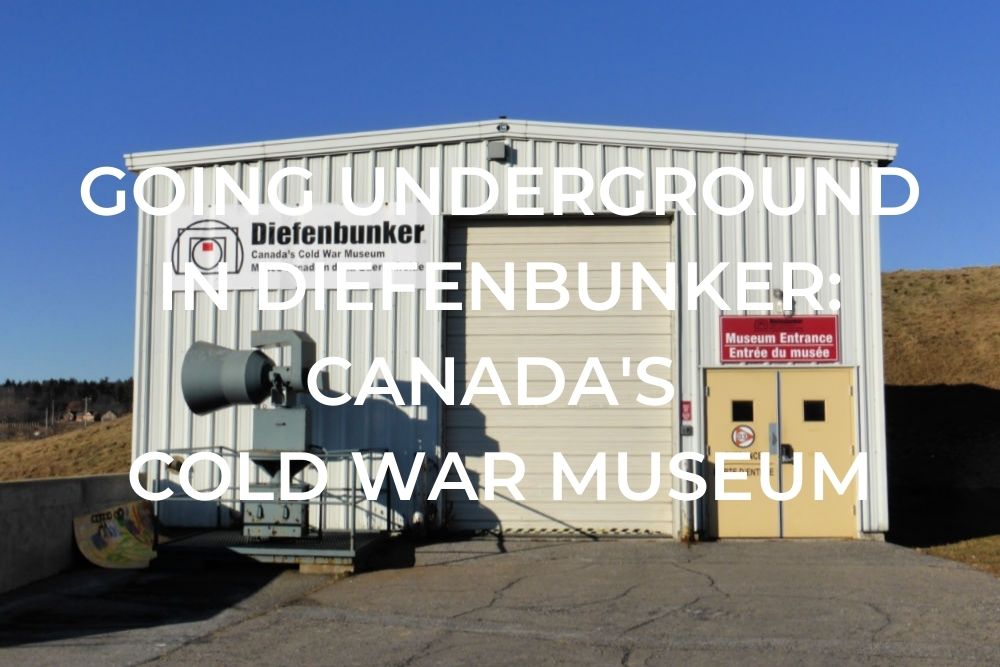
Found on the “Canadian Signature Experiences” list, Diefenbunker really is a unique type of museum and tourist site and was our first stop in Ottawa as we made our way into the city.
Designed and built in secrecy from 1959-61, during the height of Cold War fear, the bunker is a 4-storey, 300 room, 100,000 sq. ft building 75 feet below the surface. It was built to house 535 government officials and military officers in the event of a nuclear war. Although nicknamed for the Prime Minister at the time, John Diefenbaker, he never visited the site and is rumored to have refused to use it in an emergency because it would have meant leaving his beloved wife behind, as all those that would be housed here were forbidden to bring any family members or friends with them.
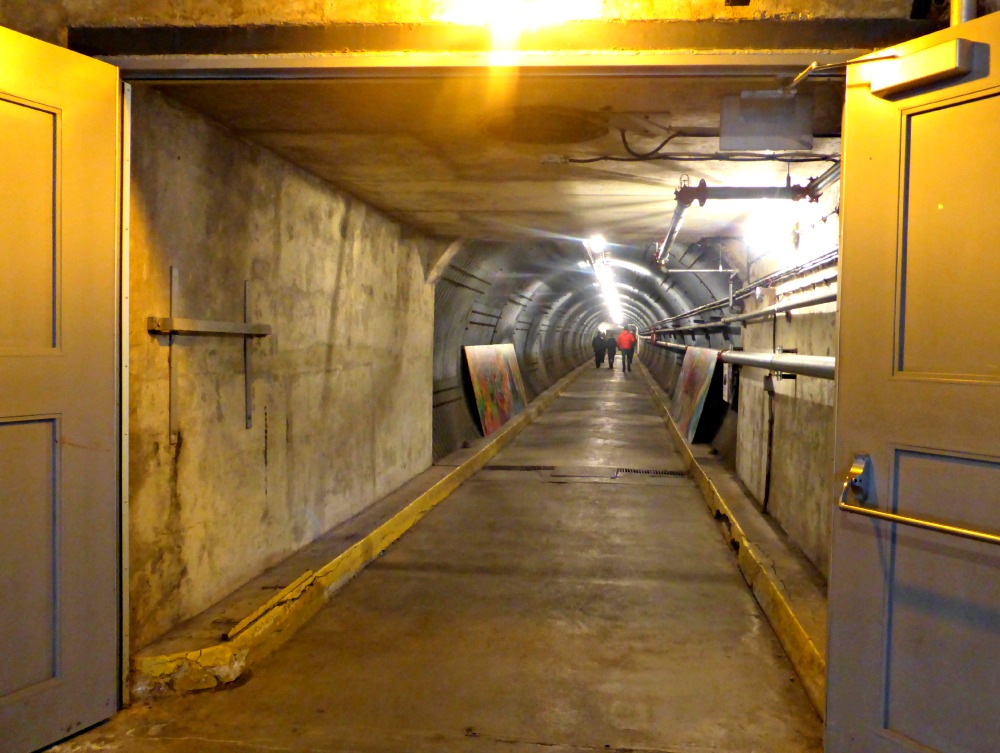
After entering through the main doors to the outside we made our way down the 115 m long blast tunnel. It was designed to withstand a blast equal to 5 million tonnes of TNT at a distance of 1.8 km.
Such a blast would have produced a powerful shock wave so the tunnel’s job was to protect the main doors to the bunker by allowing the blast waves to pass straight through it and out into the fields at the other end, instead of hitting the doors.
Even though the blast was meant to bypass the doors they were still constructed to a thickness of 35 cm and weight of about 1800 kg. They are huge!
TOURING DIEFENBUNKER
Once inside the huge main doors, we signed up for the guided tour and joined our group.
Our first stop was back into the tunnel for an introduction to the bunker (though we didn’t stay long as it was quite chilly there) and then through the decontamination chambers and into the bunker. There are quite a few rooms in the bunker that you can visit as part of the tour, or on your own. Here is a sample of some of the interesting stops along the tour.
MEDICAL CENTRE
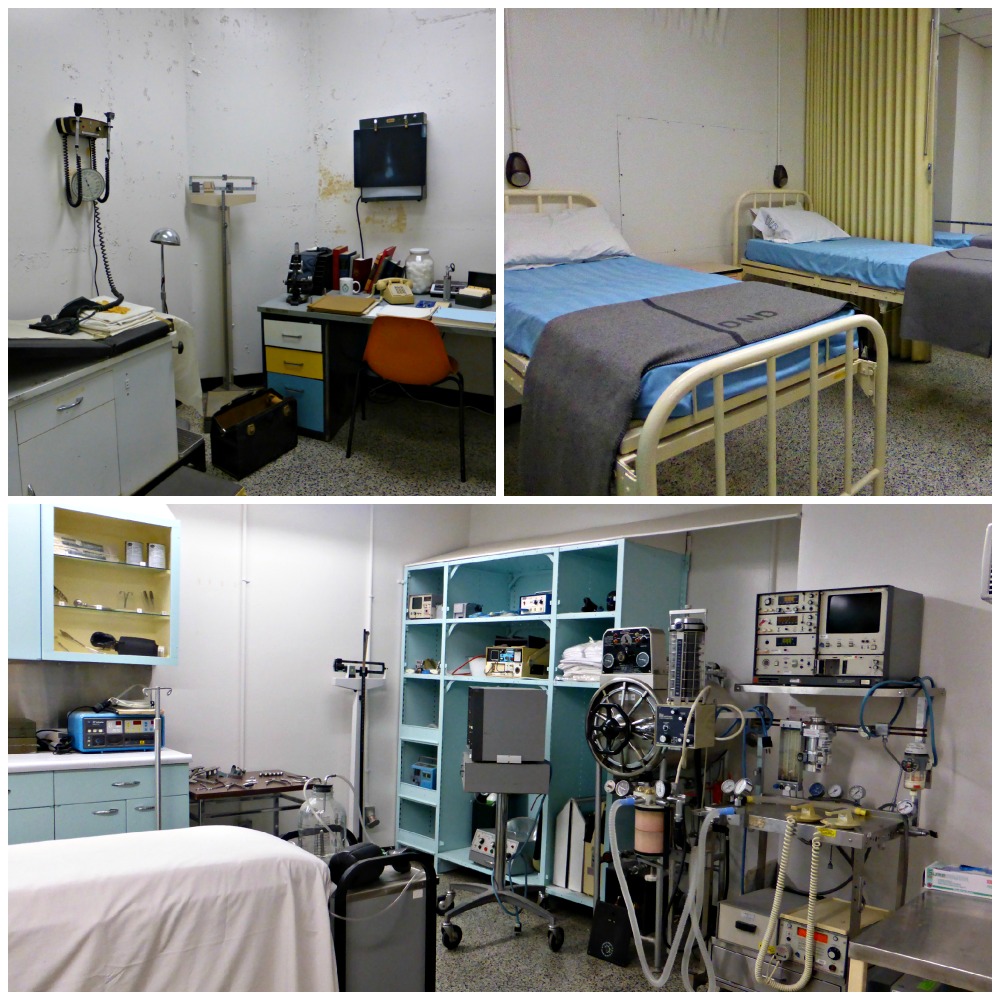
In the event of a crisis, medical attention would have had to be provided without any outside help so the medical centre was equipped with everything the doctors would need- an operating room, doctor’s area, pharmacy, and a three-bed infirmary.
In an emergency, staff would have passed through the decontamination chamber and into the medical centre for a radiation and health check.
CAFETERIA
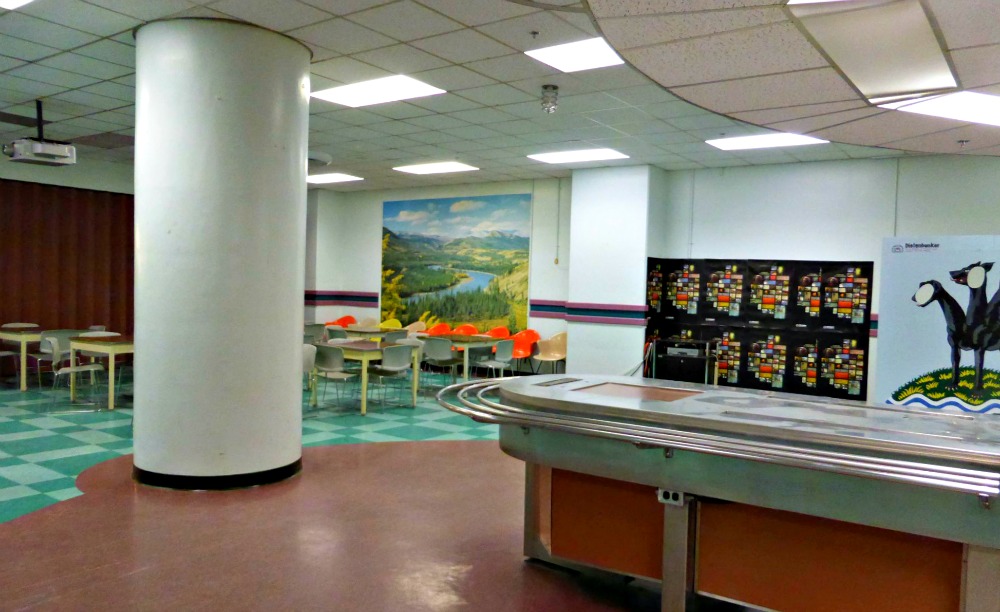
The cafeteria could seat up to 200 people and would have been able to provide fresh food for meals for 7-10 days. After that, the staff would have had to rely on MREs (Meals, Ready-to-Eat) as they could expect to stay down in the bunker for 30 days.
During the bunker’s service as a peacetime base, the cafeteria also served as a recreational room with a pool table, dart board, and shuffle board, to keep staff entertained.
BANK OF CANADA VAULT
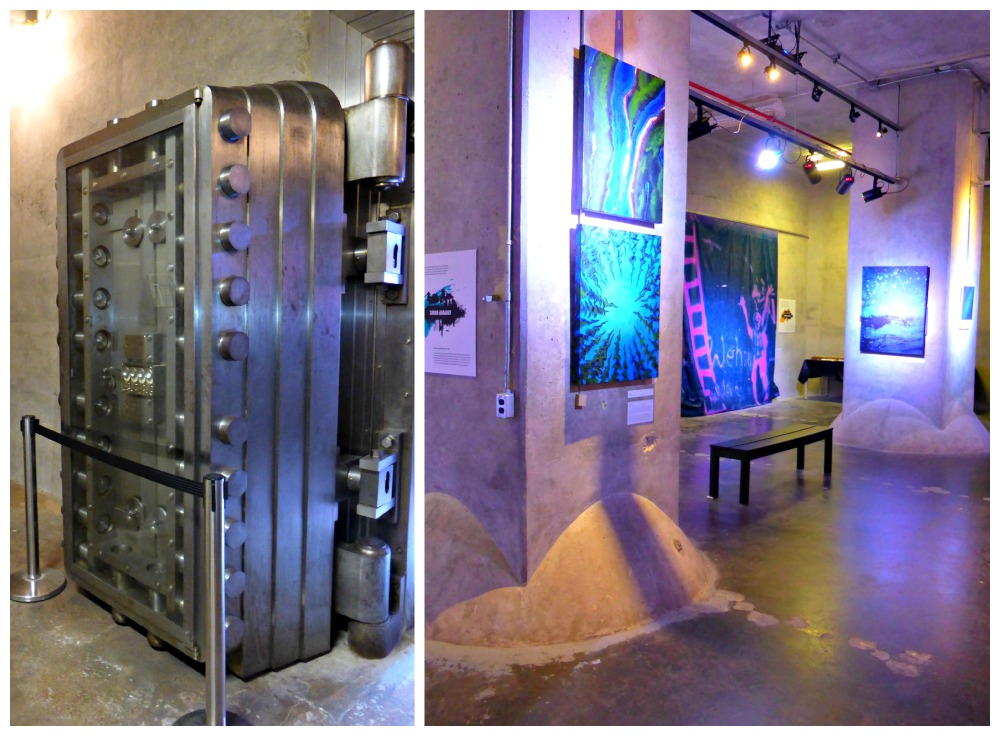
If a nuclear war broke out then Canada would have needed to protect its gold reserves so this vault was built to do just that. It is a separate underground building that is connected to the main bunker by a tunnel. The door weights 10-30 tonnes and four people (each with a different combination to one of the four locks) are required to open the door. It could have held 800 tonnes of gold bars, but no gold has ever been stored here.
During peacetime, it’s been used as a storehouse and the tunnels were used as an exercise room for the soldiers.
WAR CABINET ROOM
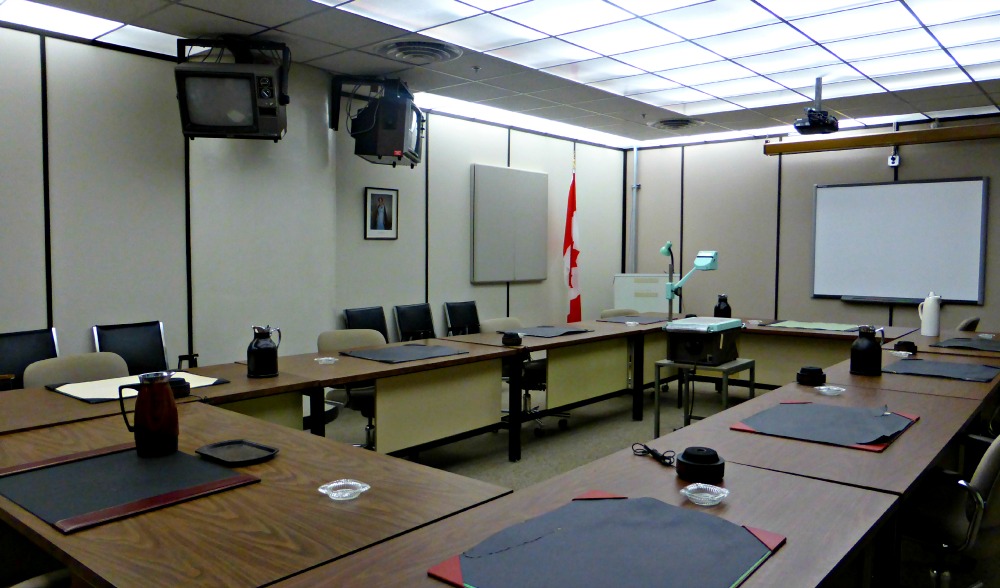
At least five people (the Governor-General, Prime Minister, and three other ministers) were required to form the War Cabinet, although it was planned to be made up of 12 people.
In an emergency, these folks would have served as the legal government of Canada and would have met several times a day in this room to receive briefings from outside the bunker. With this information, they could coordinate government activities and direct war efforts.
CBC STUDIO
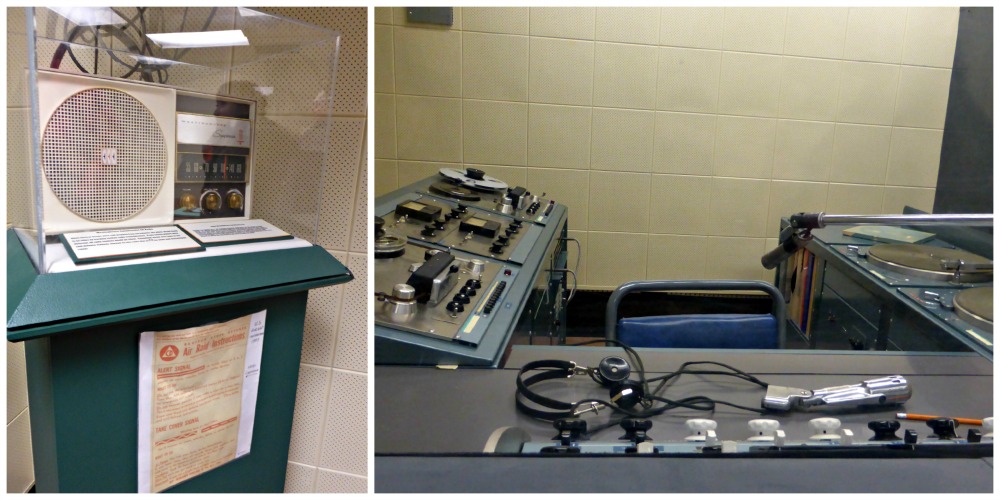
In the event of a crisis, the nation would have been all ears awaiting news from the government on the status of the situation and safety guidelines they needed to follow- these would have all been communicated from this room by the Canadian Broadcasting Corporation.
PRIME MINSTER’S SUITE
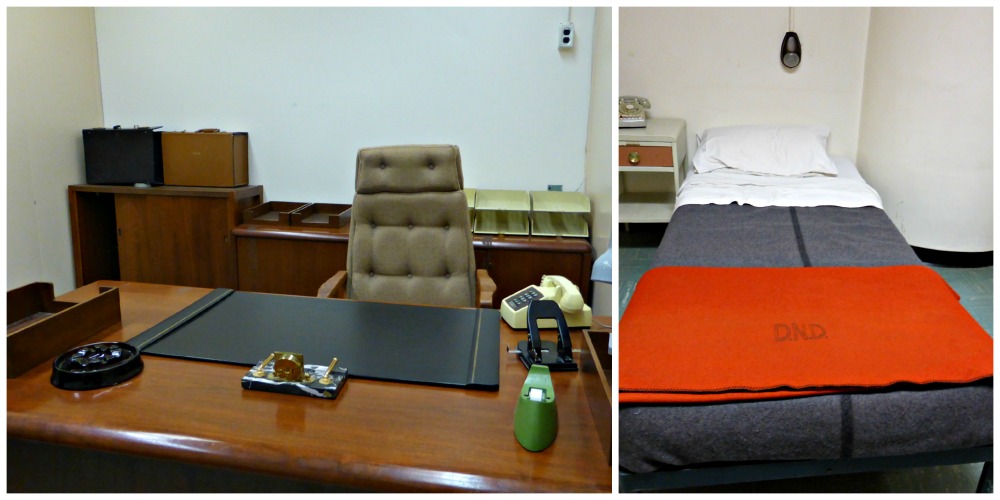
Even though he was rumored to have said he wouldn’t use it, the Prime Minister still had a suite that included offices for him and his secretary, along with a private bedroom and bathroom.
After the guided tour we still had a little bit of time so we wandered through some of the rooms that weren’t included in the tour and some that had been turned into art and informational galleries. We really thought this unique museum was well worth the visit. It’s even kiddo approved as he thought it was ‘pretty cool’.
RESOURCES | PLAN YOUR TRIP TO CANADA
Some of the links in the post above are affiliate links. This means if you click on the link and purchase the item, we will receive an affiliate commission but this does not affect the price to you. Please read our full disclosure policy here.
